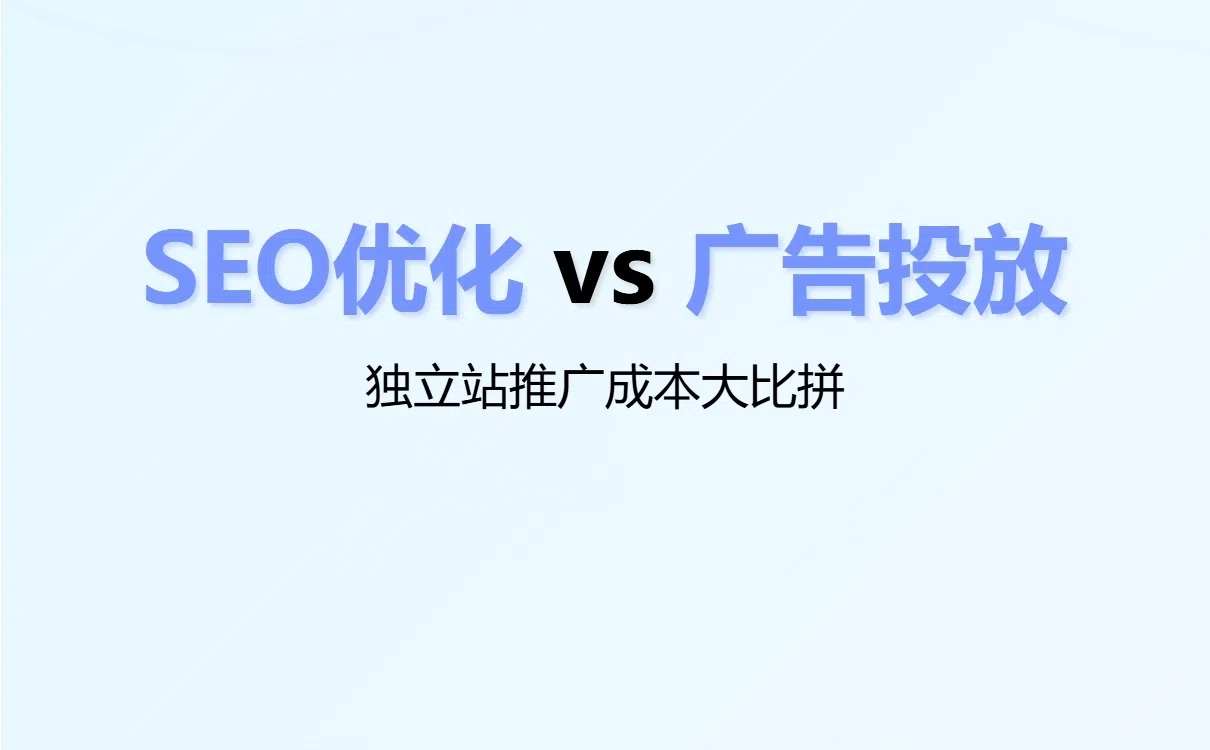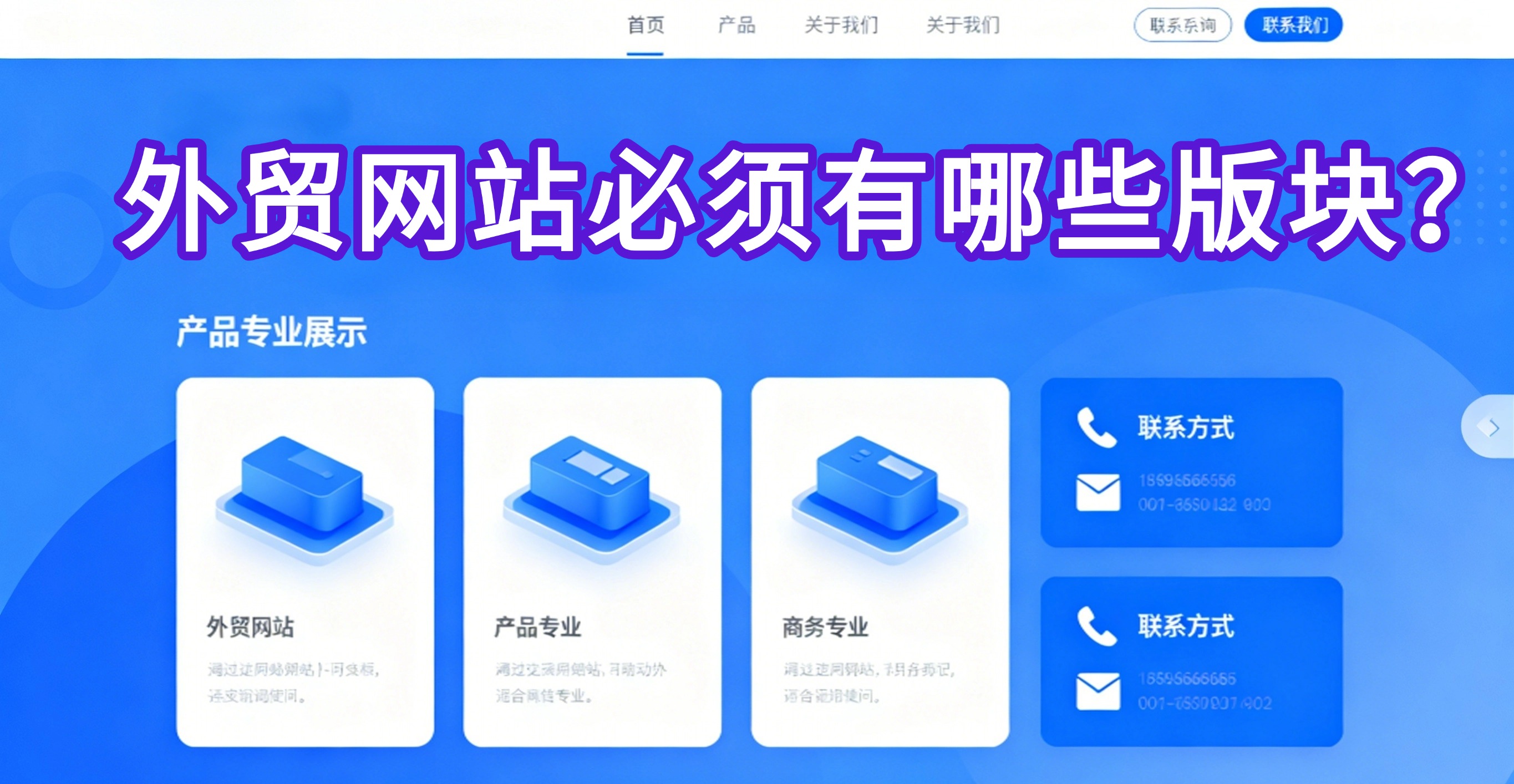
For global B2B brands, standing out in international search engines isn’t just about ranking—it’s about relevance across languages, cultures, and buyer intents. According to SEMrush (2024), companies that implement multilingual SEO see up to 47% higher organic traffic growth year-over-year compared to monolingual strategies. But building and maintaining this at scale? That’s where automation becomes not just efficient—it becomes essential.
Traditional manual content updates can’t keep pace with global demand. A single product page translated into five languages manually might take 3–5 days per language—costing over $500 per round of updates. With platforms like AB客, businesses automate publishing, keyword mapping, and on-page optimization across 20+ domains or subdomains simultaneously. One client in industrial machinery reported a 60% reduction in content production time after deploying AB客’s site group management module.
| Metric | Manual Process | Automated (AB客) |
|---|---|---|
| Content Update Time (per language) | 3–5 days | Under 2 hours |
| SEO Compliance Rate | ~68% | ≥92% |
| Conversion Lift from Organic Traffic | 12–18% | 35–45% |
It’s not enough to translate keywords—you must localize them. For example, “industrial valves” in German should target “Industrieventile” rather than a literal translation of “Valves.” AB客’s built-in keyword research engine integrates with Google Trends, SEMrush, and local competitor analysis tools to identify high-intent phrases in each market. In one case study involving a Chinese solar panel manufacturer, optimizing for localized terms like “Solartechnik für Gewerbe” led to a 2.3x increase in qualified leads from Germany within three months.

The real power lies in how these systems adapt to Google’s algorithm shifts—like the latest core updates favoring E-E-A-T signals. By embedding structured data (schema.org markup) automatically across all sites, you help search engines understand context faster. This improves click-through rates by an average of 22% globally, according to Ahrefs’ 2024 benchmark report.
Successful multilingual SEO isn’t a set-it-and-forget-it task—it’s a feedback-driven loop. AB客 tracks performance metrics per language, including bounce rate, dwell time, and conversion paths. These insights feed back into content planning, allowing teams to refine messaging without guesswork. One European medical device supplier used this approach to reduce churn by 19% in six months through targeted localization of FAQs and support content.

If your team spends more than 30 hours/month managing translations, keyword gaps, and technical SEO across regions—you’re likely missing out on scalable growth. The shift from reactive to proactive is no longer optional—it’s strategic.
Stop juggling spreadsheets and start automating. Let AB客 handle the heavy lifting while you focus on strategy and relationships.
Launch Your Multilingual SEO Matrix Today
.png?x-oss-process=image/resize,h_100,m_lfit/format,webp)
.png?x-oss-process=image/resize,h_100,m_lfit/format,webp)

.png?x-oss-process=image/resize,h_100,m_lfit/format,webp)
.png?x-oss-process=image/resize,h_100,m_lfit/format,webp)
.png?x-oss-process=image/resize,h_100,m_lfit/format,webp)
.png?x-oss-process=image/resize,h_100,m_lfit/format,webp)
